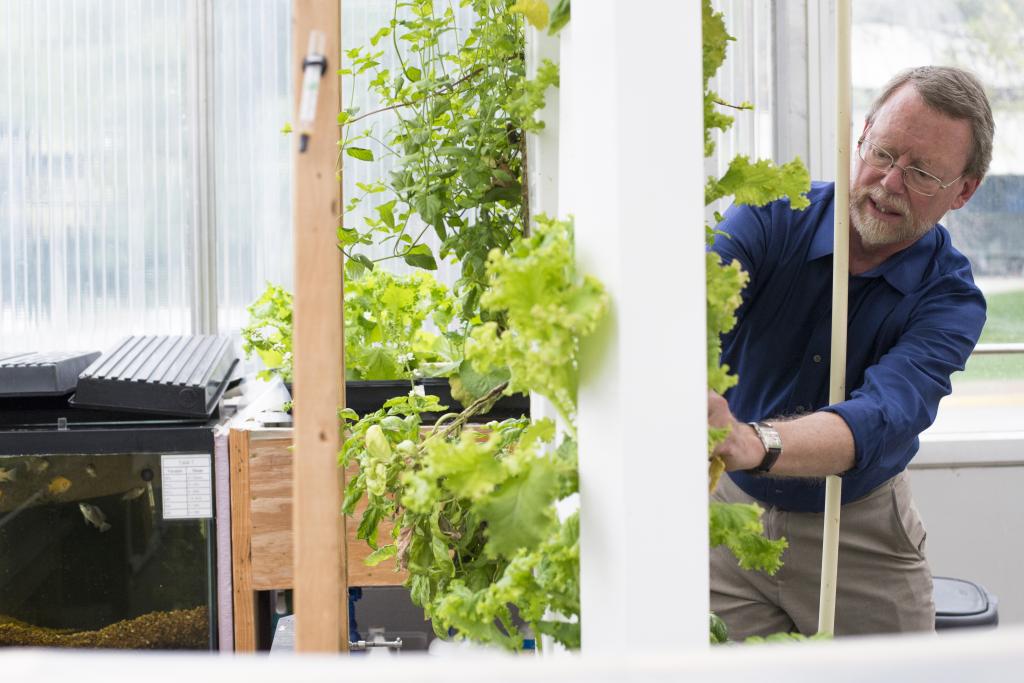
John Schuler / Editor-in-Chief
In its mission statement, Saint Louis University pledges dedication to the service of humanity and innovative studies required to transform society. Helping to carry out this aspect of the mission is SLU’s Urban Outreach Greenhouse project – a program that works to promote urban agricultural sustainability.
The Greenhouse project is one of many efforts attached to SLU’s Urban Project endeavor, an effort that started in 2009 and is spearheaded by professors Donald Stump, Richard Colignon, and Robert Cropf. The Urban Project aims to make advances in education and efforts in facing present and future urban issues. One of these current problems concerns food deserts, or geographic areas that struggle to obtain nutritious and affordable food.
“The people living there often…end up eating out of corner convenient stores, but they never get any fruits and vegetables,” said Stump. “In fact, a lot of the people we work with, the children, have never seen a raw carrot.”
In an effort to change this situation and people’s perspectives on food, as well as to alter the face of future urban eatery, the SLU Urban Project and the Micah Program in Urban Poverty Studies initiated a greenhouse plan to start educating people on sustainable agriculture. This plan includes hands-on education of at-risk children, upkeep of a year-round indoor growing climate, integration of fish, invertebrate and plant culture system, and food production for underserved populations. The Urban Outreach Greenhouse project was initiated about two years ago and is starting to see some of the fruits of its labor – especially in the greenhouse located at SLU.
Within the greenhouse are carefully-calculated ecosystems – between plant life and tilapia fish. In a nutshell, aquariums containing tilapia fish provide nutrients through the water to the plants above them, which in return filter the water and maintain a clean aquatic environment for the fish. The Greenhouse Project hopes to uses these ecosystems to promote education on urban agriculture.
“We’re interested in teaching children science, and what better way than to show them than a functioning ecosystem?” said Stump.
With ecosystems such as these, healthier food options become available and year-round food production is possible despite the geographic location. Transportation is currently a large factor in food production/distribution, and the project is looking at how this will affect the future.
“Essentially we’re looking ahead 50 years and saying ‘what are some big issues?’ – well transportation is going to be a big issue,” said Stump. “On average, [each piece of] the food on your plate…travels 1500 miles before it arrives at your plate. We can’t do that forever, it’s just way too much fuel that we’re burning up.”
Stump and other leaders of the Urban Project want to give students a glimpse of what the world might look like in the future – and they believe greenhouses will undoubtedly become more popular. In urban areas like St. Louis, greenhouses will allow people to grow food through the winter, and it will be necessary to incorporate more efficient growing methods than just soil production. The greenhouses can also help to address the growing issue of obesity in inner-city neighborhoods, which can in turn help to increase food-related life expectancy of the people in these areas.
“The food service has changed a lot over the years,” stated Stump. “People are sensing that we have to learn to eat better and we also have to look out for the poor who have a very hard time eating better – they have no access to it, they have no experience cooking.”
The Urban Outreach Greenhouse program has seen animated support from students, who help in the upkeep of the greenhouse and building/promotion of the projects. Two such students, Zach Negley and Olivia Holzum, have gotten hands-on experience with the ecosystems and have found the overall project beneficial.
“I feel that the Urban Project is more than just an interesting research project…I believe that this project has the potential to, someday, serve urban communities in an important way,” said Negley.
Holzum is also looking towards the future with the project. ““I just like the whole idea of what [the project] hopes to become, and hopefully it does become that,” she said.
Stump hopes that the passion surrounding the program will continue to help drive efforts and promote change. By educating children in schools through exciting, hands-on experience with ecosystems, the Greenhouse project hopes to have a domino-effect in getting whole families to learn about healthy eating and sustainability –essentially, changing the future of food.
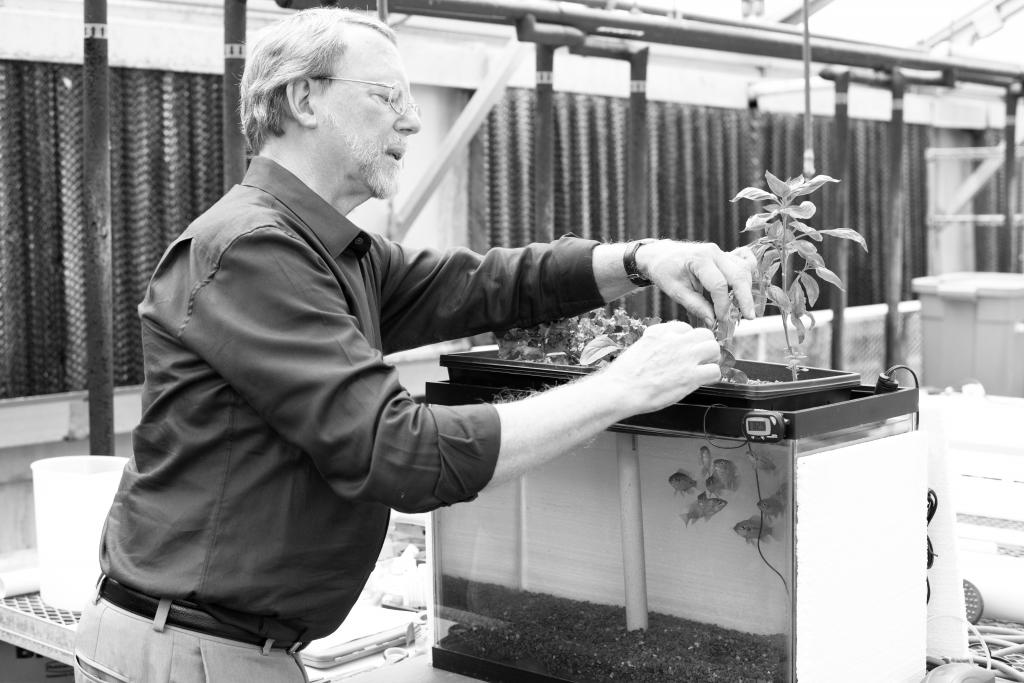
John Schuler / Editor-in-Chief


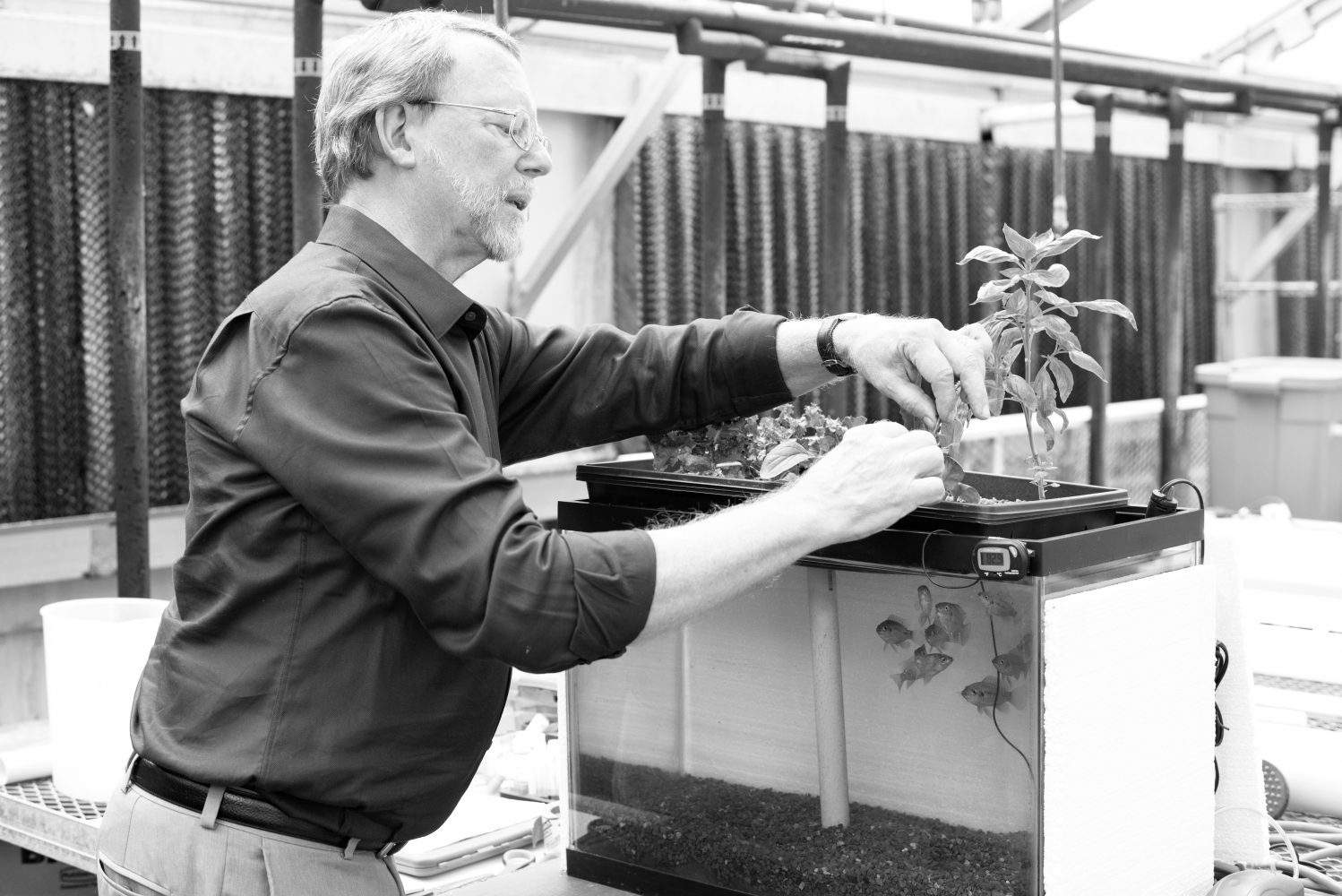

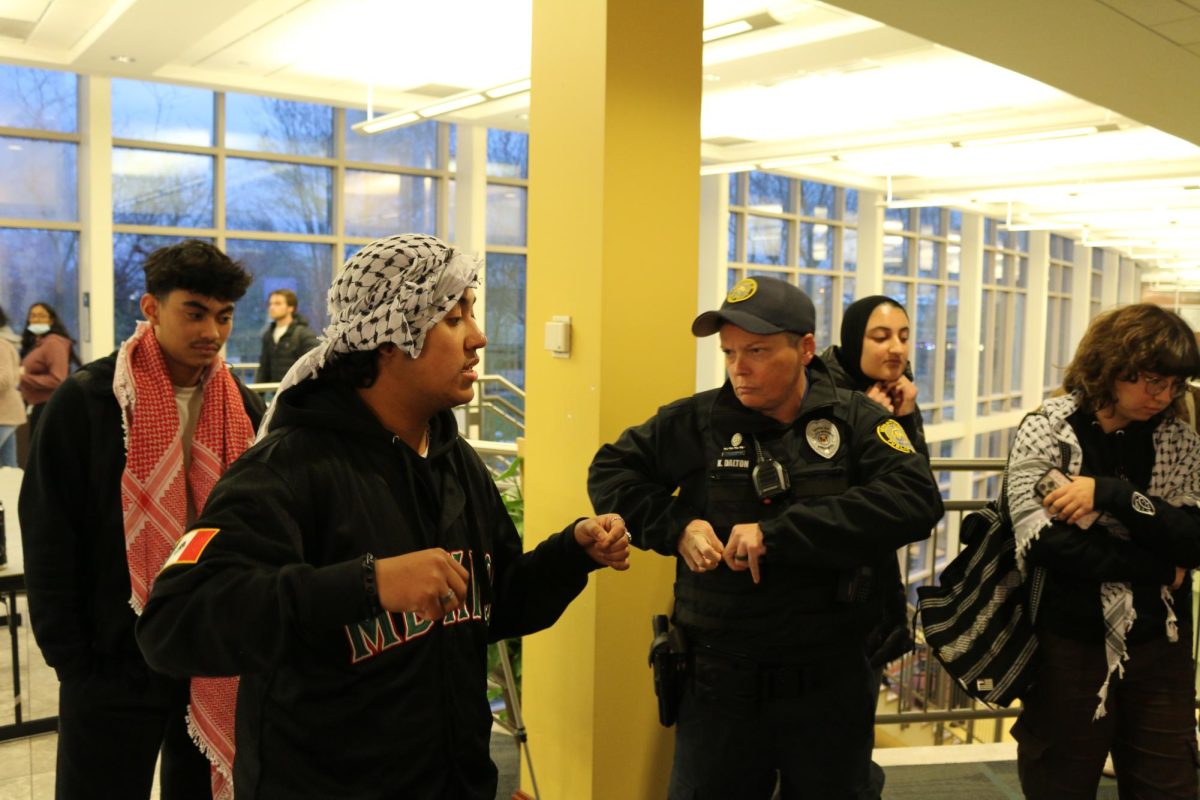
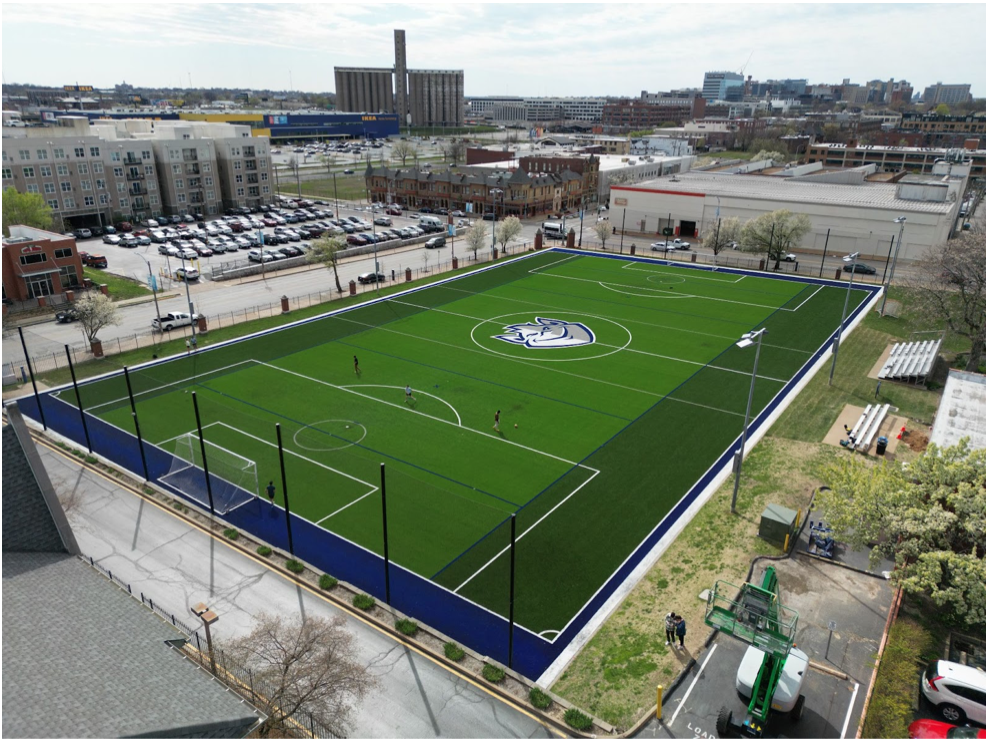

Darragh McCurragh • Sep 30, 2014 at 9:19 am
There is still a huge gap between “year-round” close-to-urban manufacturing and agriculture with its sprawl, dependency on oil via fertilizers and machinery and transport to the points of consumption etc. Aquaponics will one day be as common in urban areas if we want to feed the world as trains and planes became which moved ever closer (in) to cities. Since many roofing structures could be used to house thermal solar (i.e. not photovoltaic) collectors, heating the aquaponics basins and “greenhouses” also leaves no energy footprint if done right although the latter is still in its infancy.